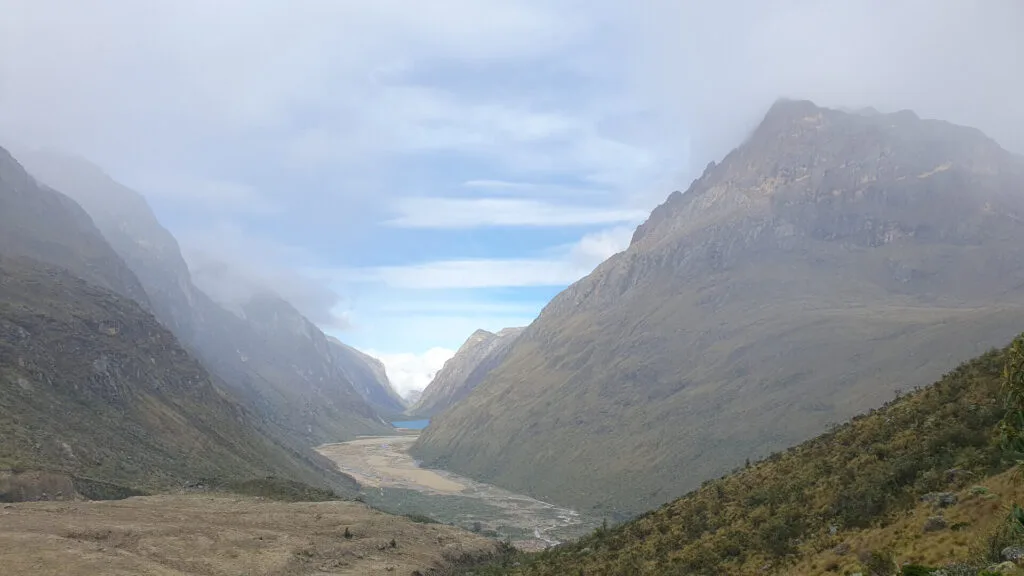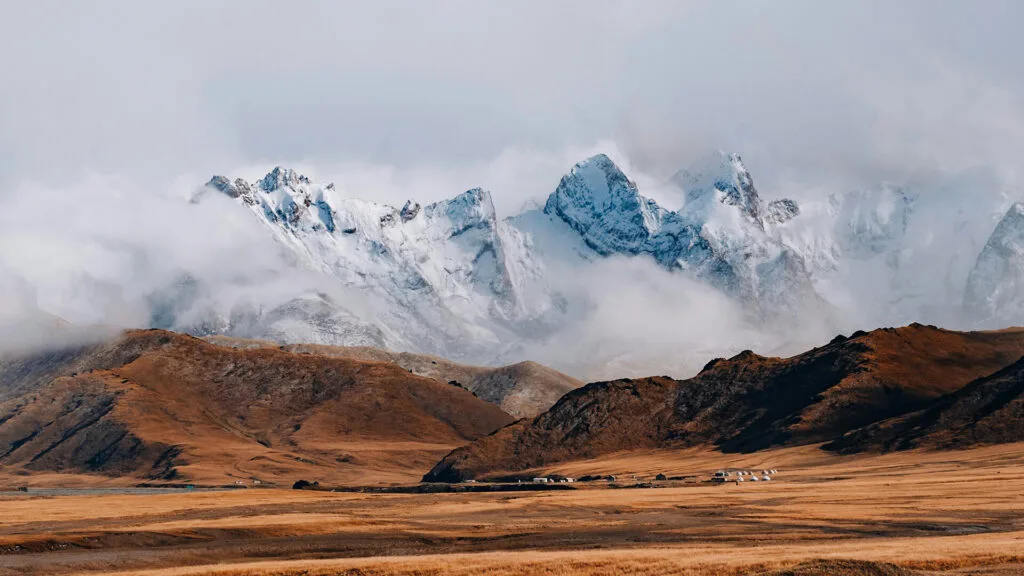Climate warming increases mountain hazards. Unstable slopes, heavy rain, and risky development fuel disasters. Monitoring, zoning, and early warnings can reduce losses and protect communities.
Hydro-glaciological Modeling under Climate Change Scenarios for the Llaca Microbasin – Cordillera Blanca, Peru
Runoff and glacier melt dynamics were evaluated in the Llaca micro-basin in the Cordillera Blanca mountain range in Peru.
Comparative Analysis of Light-Absorbing Particles (LAP) and Albedo on the Vallunaraju Glacier: Impact of Forest Fires and Fresh Snow Quality (2024-2025)
Forest fires increase glacier light-absorbing particles, reducing albedo and accelerating melting compared to snowfall
The new normal: increasing probability of late frost and drought. Effects on juvenile trees.
Drought and late frosts are major disturbances in forest ecosystems. This potted gradient experiment tries to understand the impact of both disturbances on juvenile trees.
Constructed Wetlands for bioremediation of Acid Rock Drainage in the Peruvian Andes: Implementation, monitoring and replicability
Glacial retreat and sulphide weathering create acidic rock drainage. Constructed Wetlands have been implemented to improve pH and reduce heavy metals and sulphates with potential for reuse.
Advancing water security in Andean Glacier-Fed Basins through an upward interdisciplinary approach from communities, monitoring and modeling implementation to local informed decisions
This study examines water security in the Peruvian Andes, focusing on hydrological monitoring in Qasqara and Yuracmayo. It highlights the impact of climate change, glacier retreat, and wetland loss on
From Ladakh to the Andes: Indigenous Water Management Strategies for Climate Adaptation
Indigenous mountain communities use traditional water management techniques, like ice stupas in Ladakh and rainwater harvesting in the Andes, to enhance climate resilience and sustain ecosystems.

